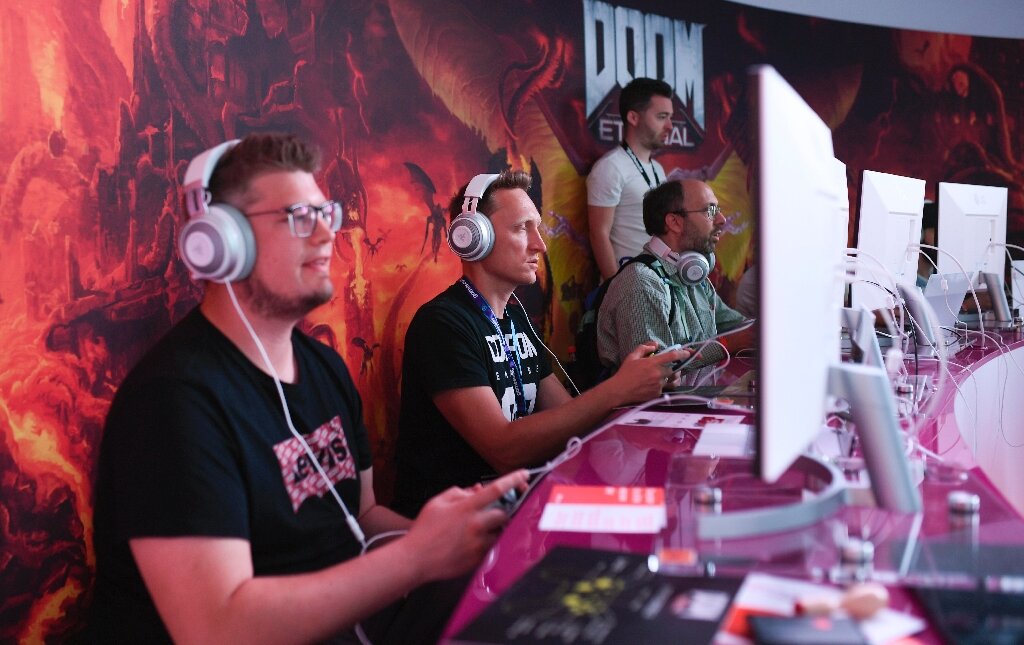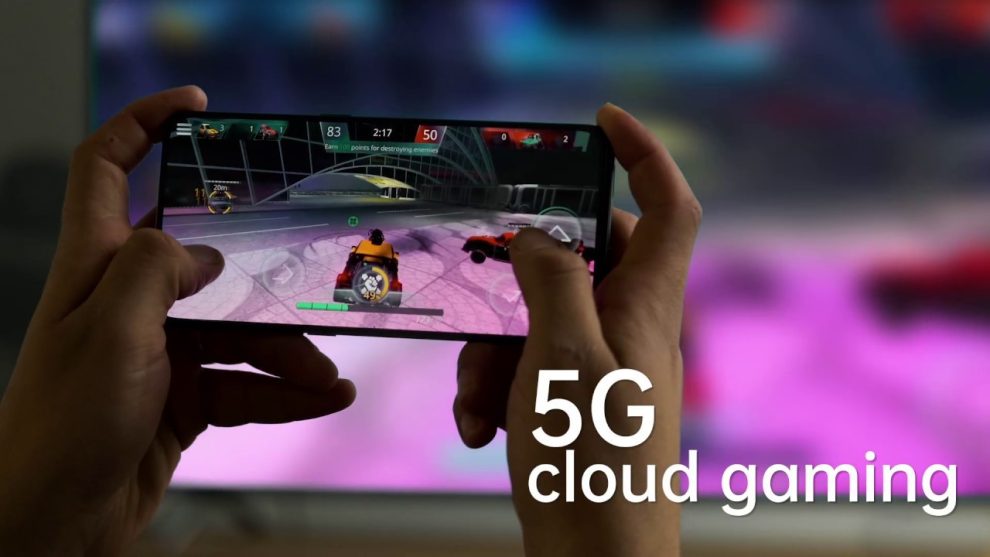The gaming industry is on the cusp of a major transformation, fueled by the convergence of two powerful forces: cloud computing and 5G connectivity. Cloud gaming, a technology that streams video games from remote servers to users’ devices, has the potential to completely change the way we play games. And with the arrival of 5G, which promises ultrafast speeds and ultra-low latency, cloud gaming is finally poised to take center stage.
What is Cloud Gaming?
Imagine being able to play AAA titles like Cyberpunk 2077 or Elden Ring on your smartphone, tablet, or even your grandma’s old laptop, without needing a powerful gaming PC or console. That’s the magic of cloud gaming. Instead of downloading and installing hefty game files on your device, cloud gaming services like Google Stadia, Microsoft xCloud, and NVIDIA GeForce NOW run the game on their own powerful servers and stream the gameplay footage to your device in real-time.
The Challenges of Cloud Gaming (So Far)
While the concept of cloud gaming is exciting, it hasn’t quite reached its full potential yet. The biggest hurdle has been internet connection. Traditional broadband internet, with its relatively high latency and inconsistent speeds, can lead to lag, stuttering, and an overall poor gaming experience. This is where 5G comes in.

The 5G Game Changer
5G is a next-generation cellular network technology that promises significantly faster data speeds, lower latency, and increased network capacity compared to 4G. These improvements are game-changers for cloud gaming.
- Ultrafast Speeds: With download speeds reaching up to 10 Gbps and beyond, 5G allows for seamless streaming of even the most graphically demanding games without any noticeable lag.
- Ultra-low Latency: Latency, the time it takes for data to travel between your device and the server, is crucial for real-time games. 5G boasts latency as low as 1 millisecond, which is virtually imperceptible to the human eye and ear, ensuring smooth and responsive gameplay.
- Increased Network Capacity: 5G can handle a much larger number of connected devices simultaneously compared to 4G. This is essential for cloud gaming, as it allows for more players to access the same server without experiencing congestion or performance issues.

The Future of Gaming: Powered by Cloud and 5G
With 5G overcoming the limitations of previous internet technologies, cloud gaming is finally ready to shine. Here are some of the exciting possibilities that lie ahead:
Accessibility
Cloud gaming removes the hardware barrier to entry. Anyone with a compatible device and a decent 5G internet connection will be able to play high-end games, regardless of their budget or technical expertise.
Convenience
No more downloading and installing massive game files, waiting for updates, or managing hardware upgrades. Cloud gaming offers instant access to a vast library of games, playable anywhere, anytime.
Performance and Graphics
Cloud gaming servers can be equipped with powerful GPUs and CPUs, providing gamers with access to cutting-edge graphics and performance that would be impossible on most personal devices.
Social Gaming
Imagine seamlessly joining your friends in a game, regardless of what platform they’re using, thanks to the device-agnostic nature of cloud gaming. 5G’s low latency will make multiplayer gaming smoother and more immersive than ever before.
The Road Ahead for Cloud Gaming
While the future of cloud gaming powered by 5G is bright, there are still some challenges to overcome. The widespread availability of affordable 5G internet access, the development of robust cloud gaming infrastructure, and the optimization of game streaming technologies are all crucial for cloud gaming to reach its full potential.
However, the convergence of these powerful technologies has the potential to democratize gaming and redefine the way we play. So, buckle up, gamers, the future of gaming is in the cloud, and it’s about to get a whole lot faster and more exciting.
Potential Impact on Traditional Gaming Models
The rise of cloud gaming could significantly disrupt traditional gaming business models focused on selling expensive hardware and physical game copies. Game companies may need to shift towards subscription and ad-based models optimized for streaming.
New Monetization Models
We may see the emergence of new monetization models for cloud gaming, such as subscription passes for unlimited access to game libraries, in-game microtransactions, and ad-supported free tiers.
Security and Privacy Concerns
With games running on remote servers, hacking and cyber attacks could have amplified consequences. Cloud gaming companies need robust security measures and transparency around use of player data to build trust.
Environmental Impact
While cloud gaming eliminates the need for high-performance gaming hardware for end users, the servers required can consume massive amounts of energy. Environmentally sustainable infrastructure will be key.
By exploring the promise along with the challenges of new technologies like cloud gaming and 5G, we can have thoughtful conversations about how innovation can best serve gamers, companies, and society as a whole.
















Add Comment